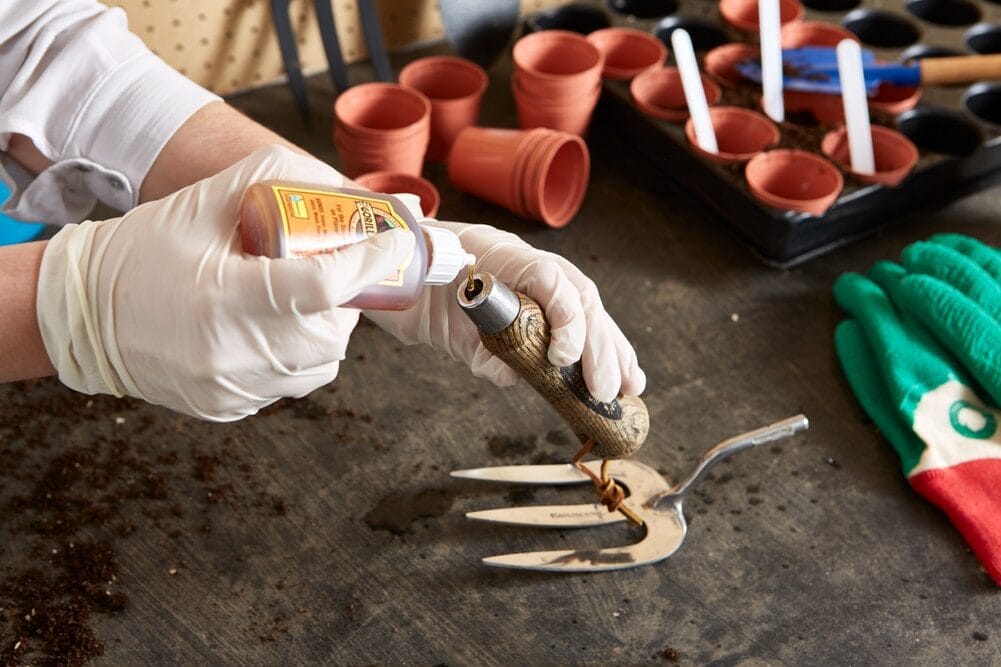Precision is Power: Why Accurate Measuring is Your DIY Foundation

Ever tried to hang a picture only to find it’s slightly off-kilter, or cut a piece of wood just a hair too short for your project? The frustration of an inaccurate measurement can quickly turn a fun DIY session into a headache. While creativity is key in crafting, precision is power when it comes to bringing your visions to life. Understanding and properly using essential measuring tools isn’t just about getting numbers right; it’s about laying the perfect foundation for every project, ensuring your efforts result in beautiful, symmetrical, and perfectly fitting creations. Let’s dive into the indispensable tools that will elevate your crafting game and guarantee your DIY success.
The Unsung Hero: Why Mastering Measurement Boosts Your Crafting Confidence
Accurate measurement might seem like a small detail in crafting basics, but it’s arguably the most critical step for any successful DIY endeavor. As emphasized by vocational training resources like those from Oregon State University Extension Service, precise layout and measurement directly impact the quality and safety of your work. An error in measurement, no matter how small, can lead to wasted materials, uneven finishes, and overall project failure. When you master your measuring tools, you’re not just preventing mistakes; you’re building confidence, reducing frustration, and proving to yourselves as a DIY team that you can achieve professional-level results. This fundamental skill is the unsung hero that allows your creativity to truly shine through, making every project a testament to your precision and shared skill.
Essential Measuring Tools for Your DIY Success:
Ready to take the guesswork out of your next project? Here’s your guide to essential measuring tools, ensuring you get accurate dimensions every time and truly master your crafting basics.
- Tape Measure (Retractable Rule):
- What it is: A flexible metal tape housed in a compact case, usually with a locking mechanism. Available in various lengths (e.g., 12 ft, 25 ft).
- Best for: General measurements of length, width, and height for larger objects, furniture, or rooms. Essential for anything from planning a new furniture piece to hanging decor.
- Tips: The small metal hook at the end is designed to move slightly to account for inside and outside measurements. Read from the same end consistently for accuracy.
- Example: A reliable 25-foot tape measure from brands like Stanley is a cornerstone of any DIY kit.
- Ruler (Steel or Plastic):
- What it is: A straight, flat measuring device, typically 6, 12, or 18 inches long, with clearly marked increments. Steel rulers offer durability and a straight edge for cutting.
- Best for: Shorter, precise measurements on paper, fabric, or small wood pieces. Also excellent as a guide for cutting with a craft knife.
- Tips: Ensure the ruler is flush against the material for accurate readings. Always use a cutting mat beneath for protection if cutting.
- Example: Basic but essential, a good quality Westcott steel ruler is a must-have.
- Yard Stick/Meter Stick:
- What it is: A long, rigid measuring stick, typically 36 inches (1 yard) or 1 meter, often made of wood or metal.
- Best for: Measuring and marking longer distances where a tape measure might be cumbersome, like fabric for curtains, large sheets of plywood, or chalk lines on floors.
- Tips: Great for drawing long straight lines. Keep it flat against the surface to avoid bowing.
- Example: Easily found at most craft or hardware stores like Hobby Lobby or Home Depot.
- Square (Framing Square or Combination Square):
- What it is: A tool used to mark and check 90-degree angles and ensure straight lines. A combination square also has an adjustable blade for marking other angles and depths.
- Best for: Ensuring corners are perfectly square (e.g., for picture frames, box construction), marking cut lines perpendicular to an edge, or checking the flatness of a surface.
- Tips: Essential for any woodworking or precise layout project to prevent crooked assemblies.
- Example: A sturdy Swanson Speed Square is a popular and versatile option for many DIYers.
- Level:
- What it is: A tool containing a liquid-filled vial with a bubble, used to determine if a surface is perfectly horizontal (level) or vertical (plumb).
- Best for: Hanging shelves, pictures, cabinets, or ensuring any constructed element is straight and true. Absolutely crucial for aesthetic and structural integrity.
- Tips: Place the level directly on the surface you’re checking. The bubble should be perfectly centered between the lines.
- Example: Levels come in various lengths; a 24-inch torpedo level from a brand like Stabila is a good general-purpose size.
- Calipers (Digital or Vernier):
- What it is: A precision instrument used to measure internal, external, and depth dimensions with very high accuracy.
- Best for: Small, precise measurements for jewelry making, 3D printing, model building, or any project requiring exact dimensions of small components.
- Tips: Learn to read the scale (for vernier calipers) or simply read the digital display. Handle gently to maintain accuracy.
- Example: Affordable digital calipers can be found on sites like Amazon or at specialty tool stores.
By incorporating these essential measuring tools into your workflow, you’ll feel more confident and capable in all your crafting basics endeavors.
Measure Twice, Cut Once: The Mantra for Shared Success

Embracing the habit of precise measurement with these essential measuring tools isn’t just a technical skill; it’s a commitment to excellence and efficiency in your shared DIY projects. This practice, often encapsulated by the saying “measure twice, cut once,” minimizes frustration, saves materials, and maximizes the satisfaction of a perfectly executed craft. By investing in and mastering these fundamental tools, you and your partner will not only create more beautiful and durable items but also build a stronger sense of teamwork, patience, and shared accomplishment. So, next time you embark on a creative endeavor, remember that every successful project starts with a precise measure.


